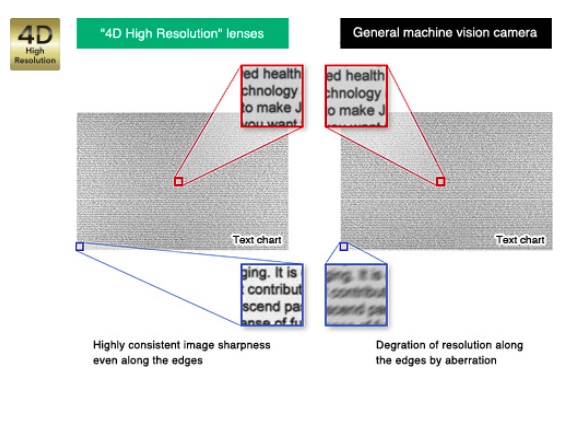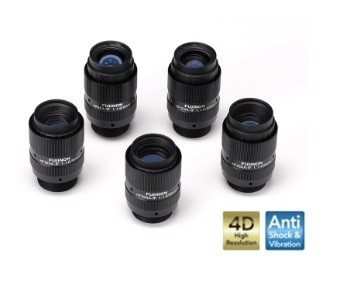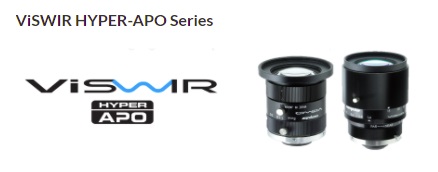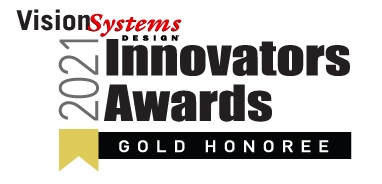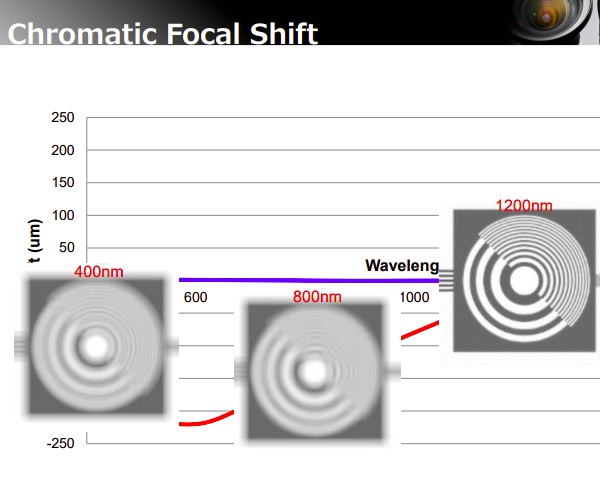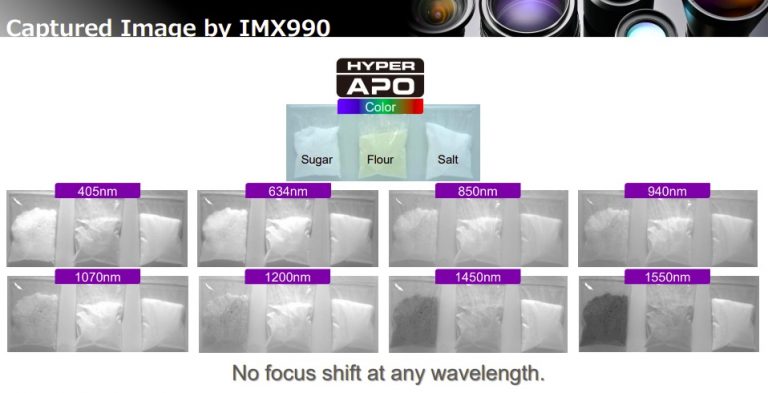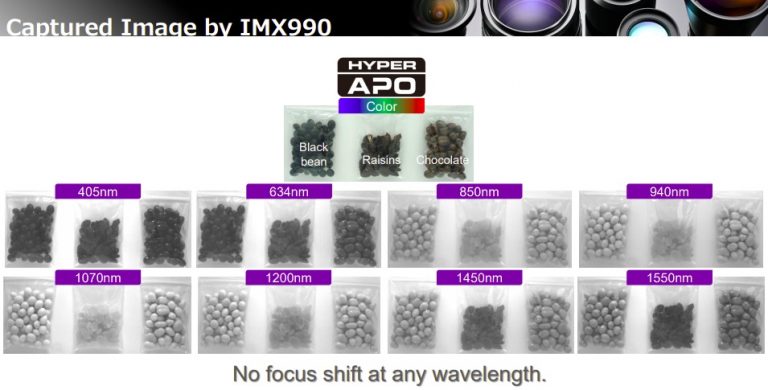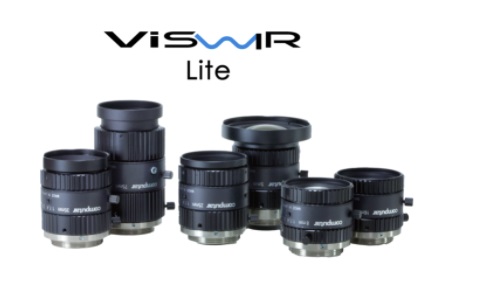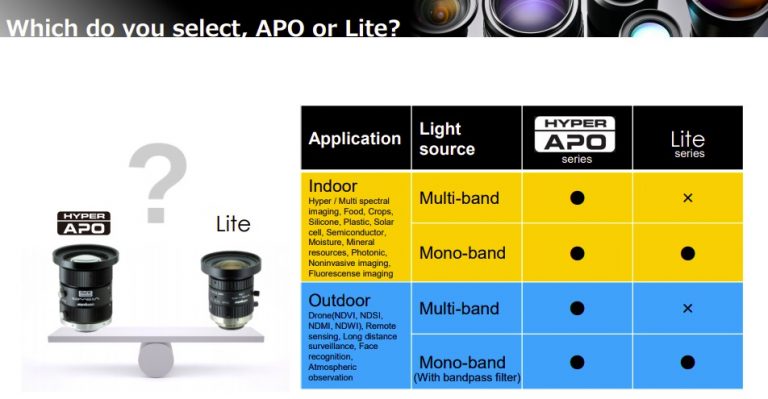If your application enjoys fixed lighting conditions, objects of uniform height – and always at the same working distance from the lens – lucky you! For other imaging applications – where more variables challenge the optical solution – a different approach is needed.
In particular, IF your application exhibits one or more of:
- Variable lighting due to time of day, cloud coverage (exterior application); or robot in a warehouse with uneven lighting (interior application)
- Variable height targets (pick-and-place of heterogeneous items, autonomous vehicle continuously re-calculating speed and direction as it moves through the landscape or airspace)
- Need to adapt to changing working distances while maintaining sharp focus
… THEN you may find that a fixed aperture lens with a narrow focal range would yield sub-optimal outcomes, or that you’d have to software-manage two or more cameras each with a different optical configuration.
Those challenges triggered the emergence of motorized lenses, such that one or more of the aperture (a.k.a. iris), the focus, or even varifocal breadth may be software controlled via electro-mechanical features. Early offerings in motorized lenses often used proprietary interfaces or required separate power vs. control cabling.
Thanks to USB, there are now machine vision lenses engineered by Computar, their LensConnect series, such that applications software can continuously control lens configuration through a single USB connection.
Each lens in the LensConnect series provide motorized zoom and iris controls. Some additionally provide varifocal zoom controls across a wide working distance.
All lenses in the series are:
- Easy to use
- Plug-and-play
- Compatible with Windows and Linux
- Precise through use of stepping motors
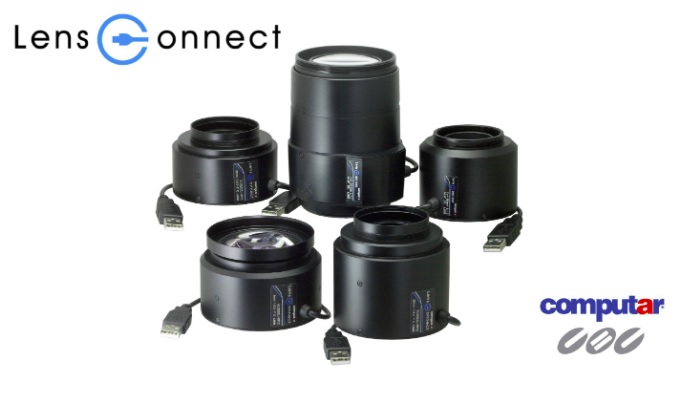
Vision Systems Design named Computar a Silver Honoree in their Innovator Awards for this lens series.
1st Vision’s sales engineers have over 100 years of combined experience to assist in your camera and components selection. With a large portfolio of lenses, cables, NIC card and industrial computers, we can provide a full vision solution!



